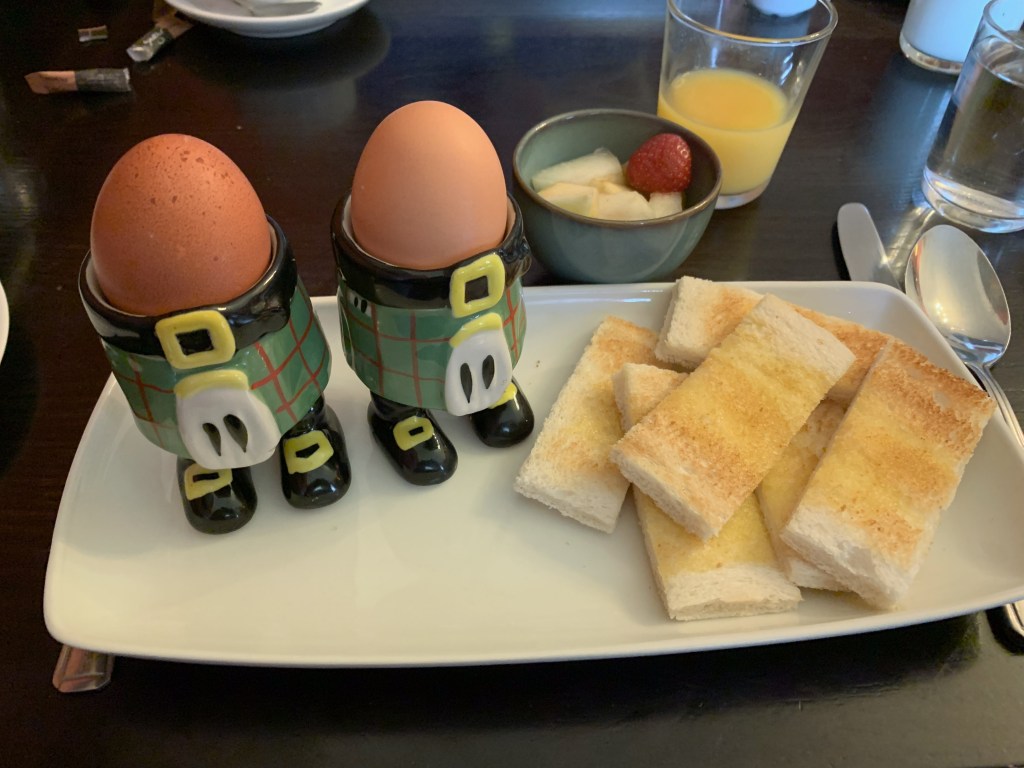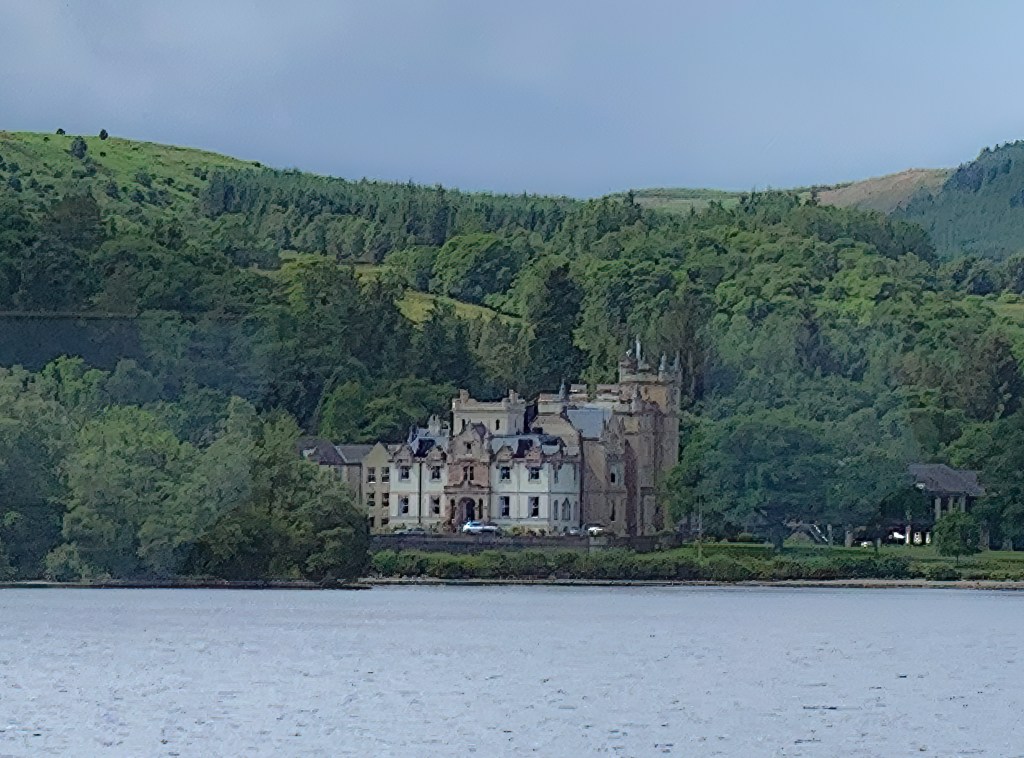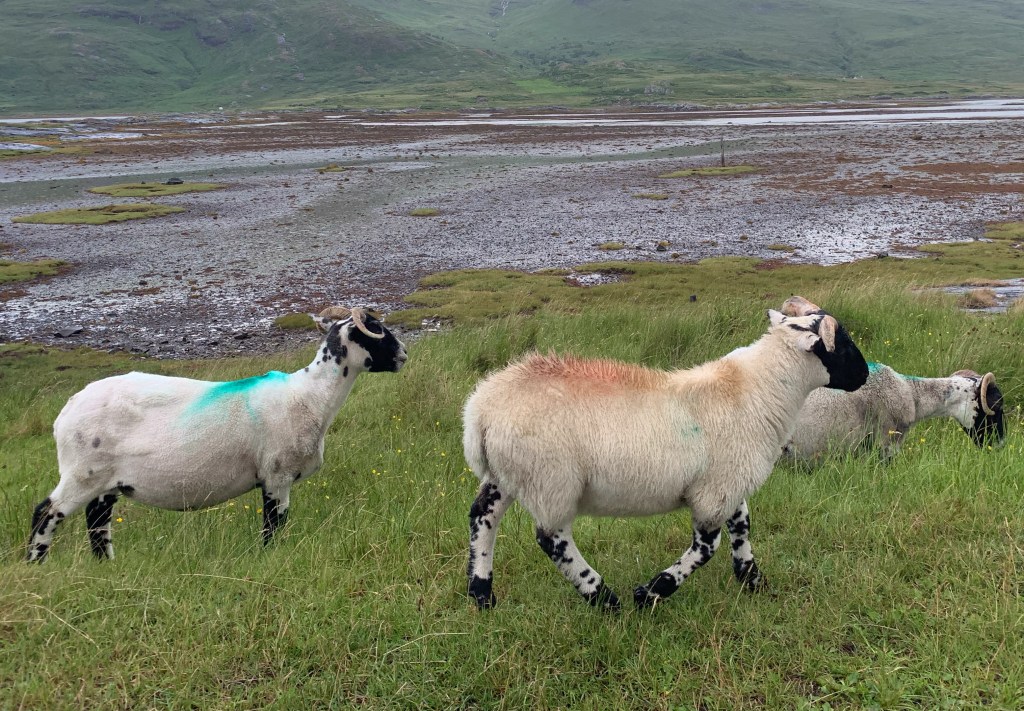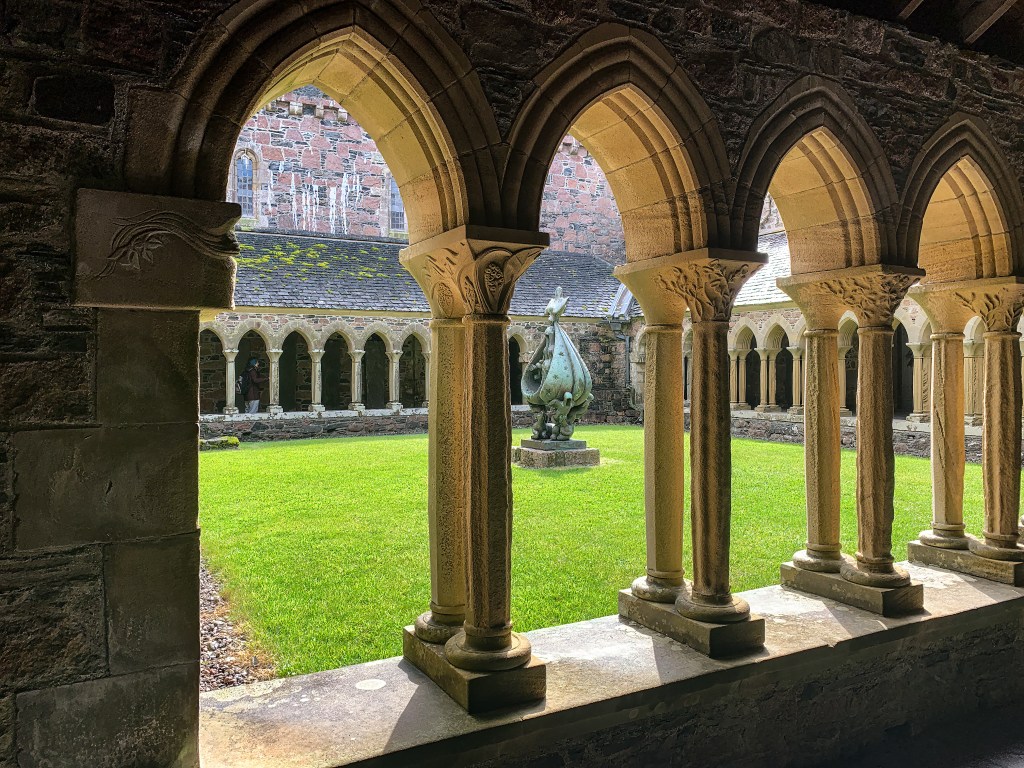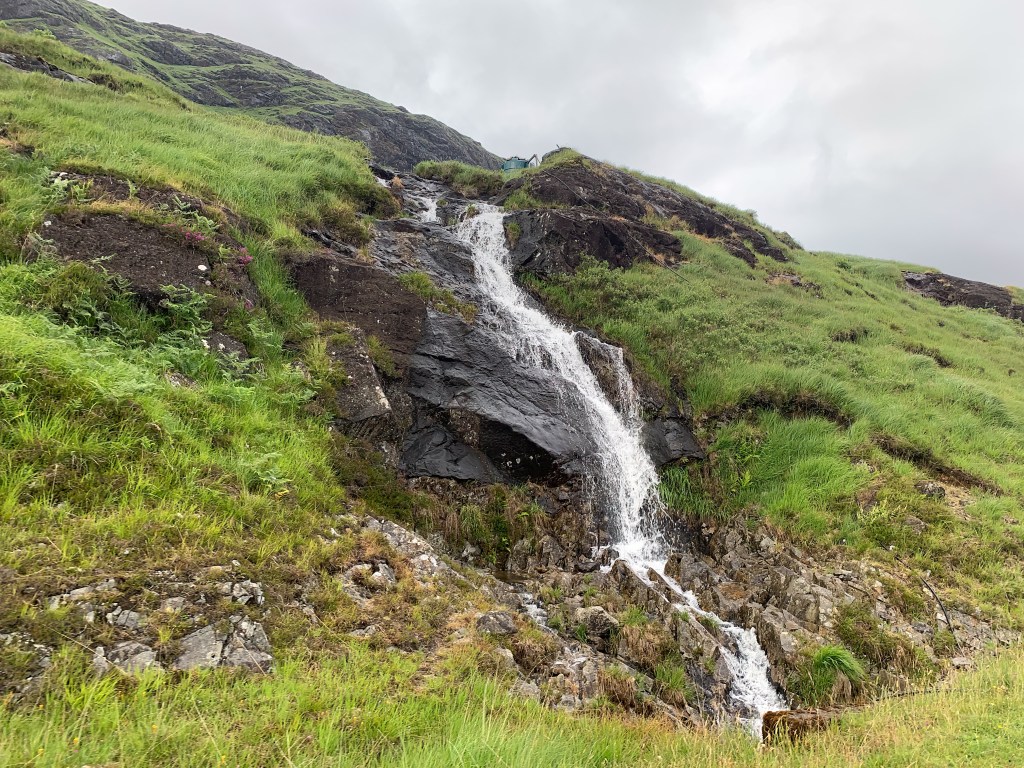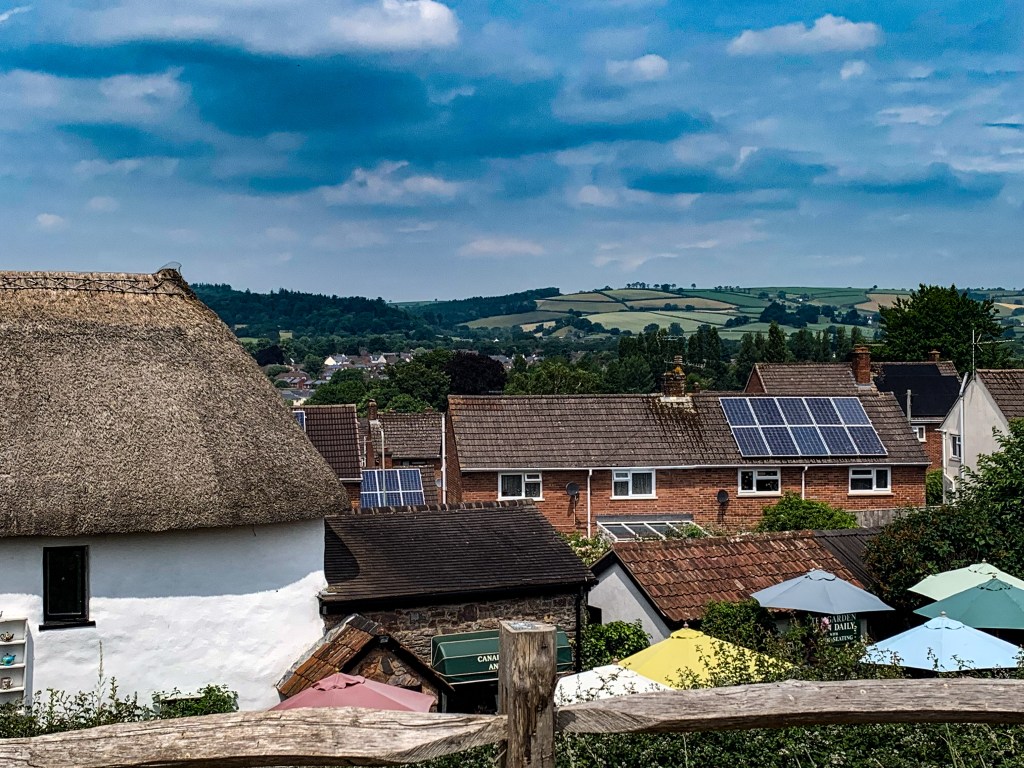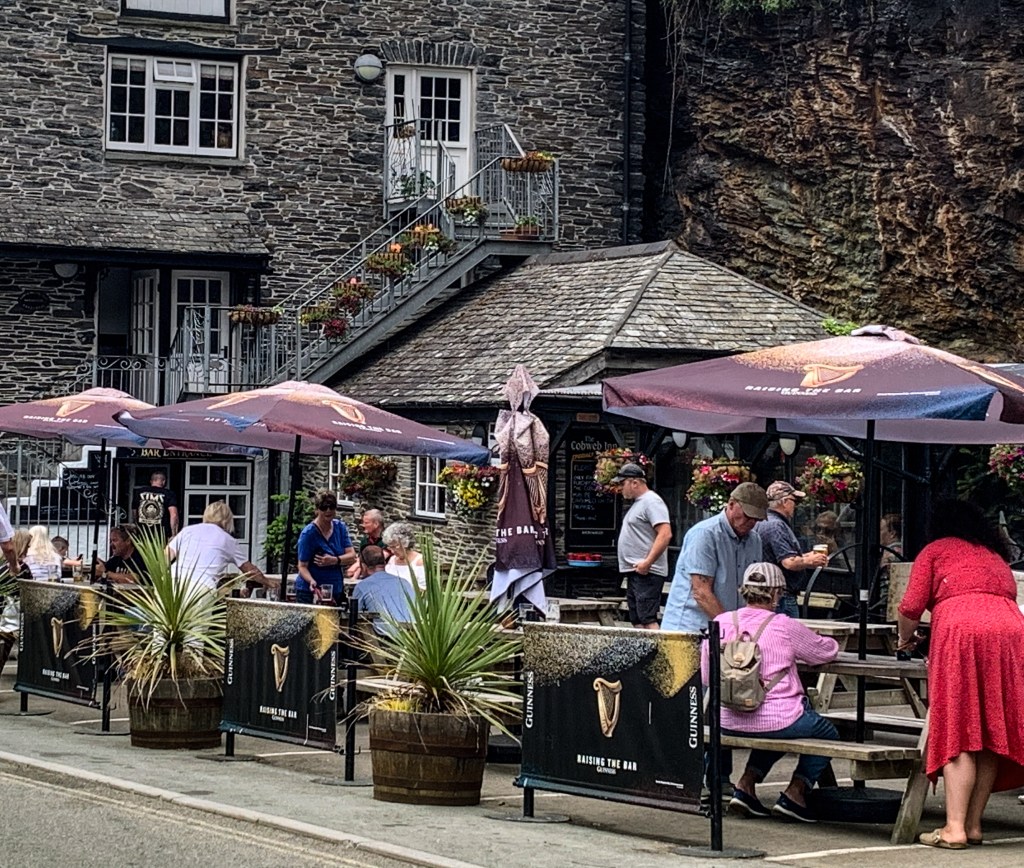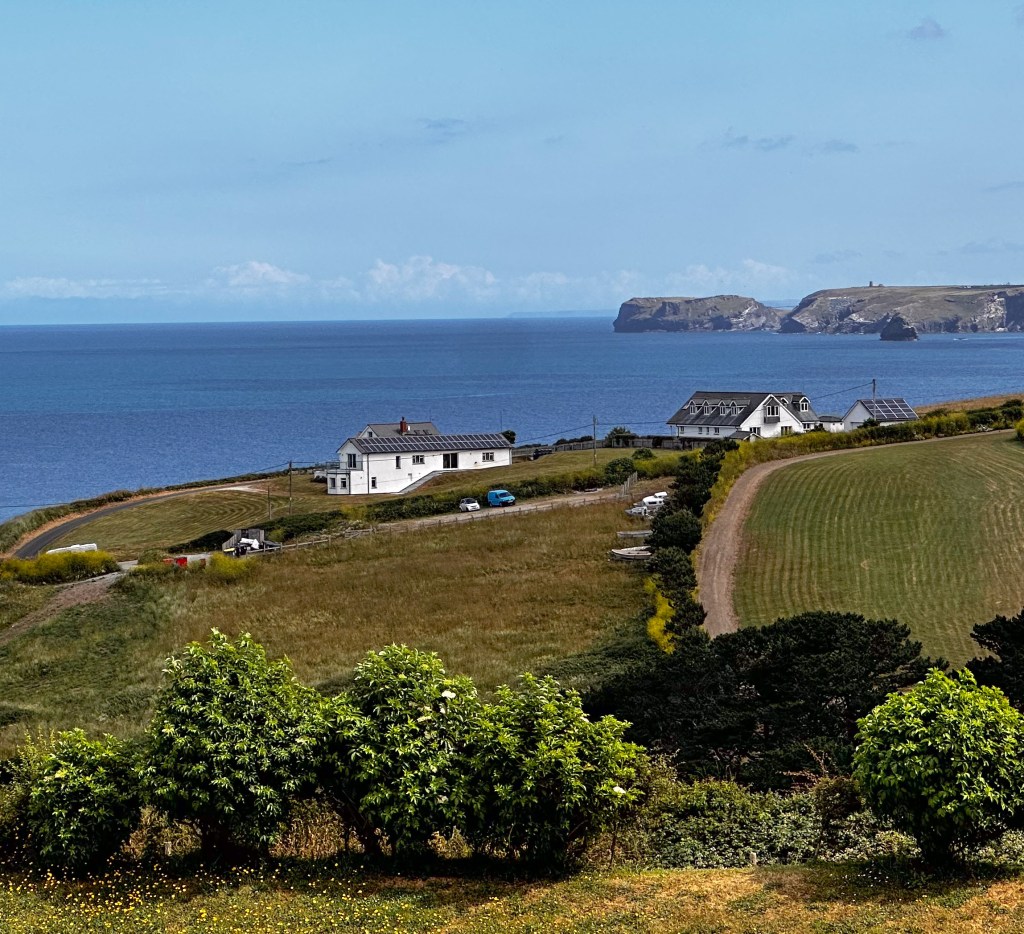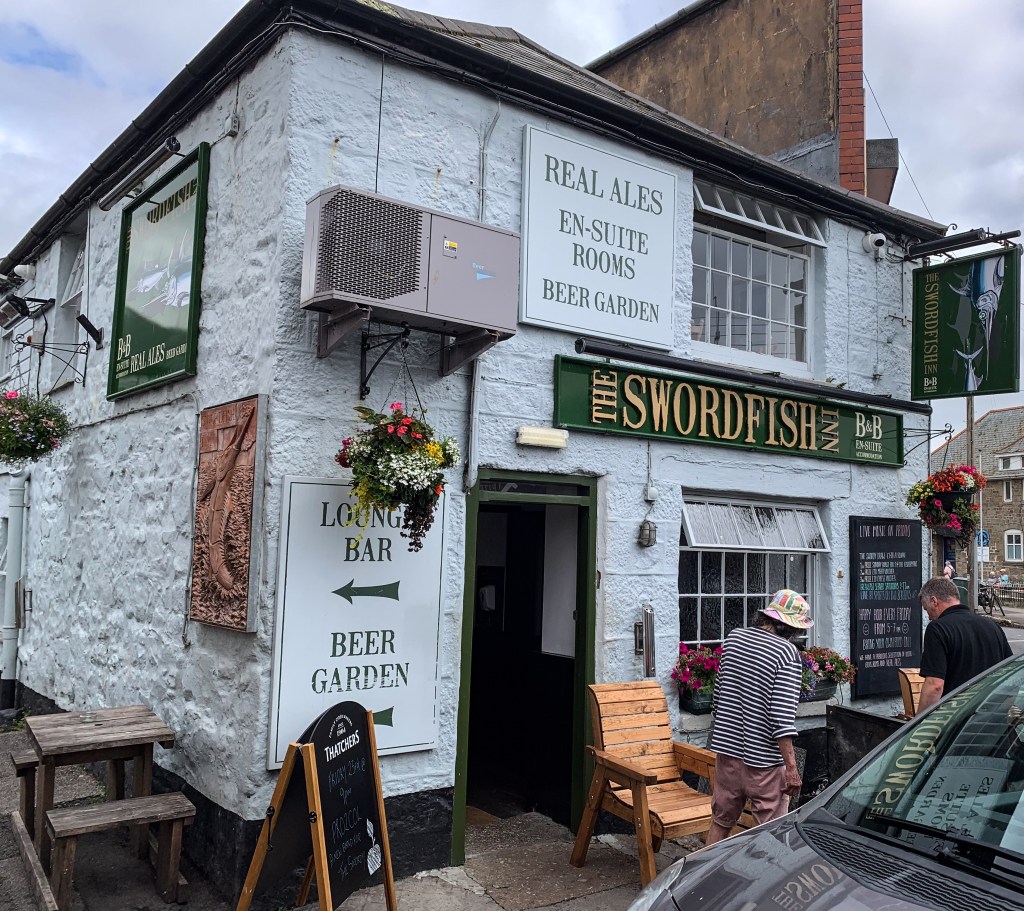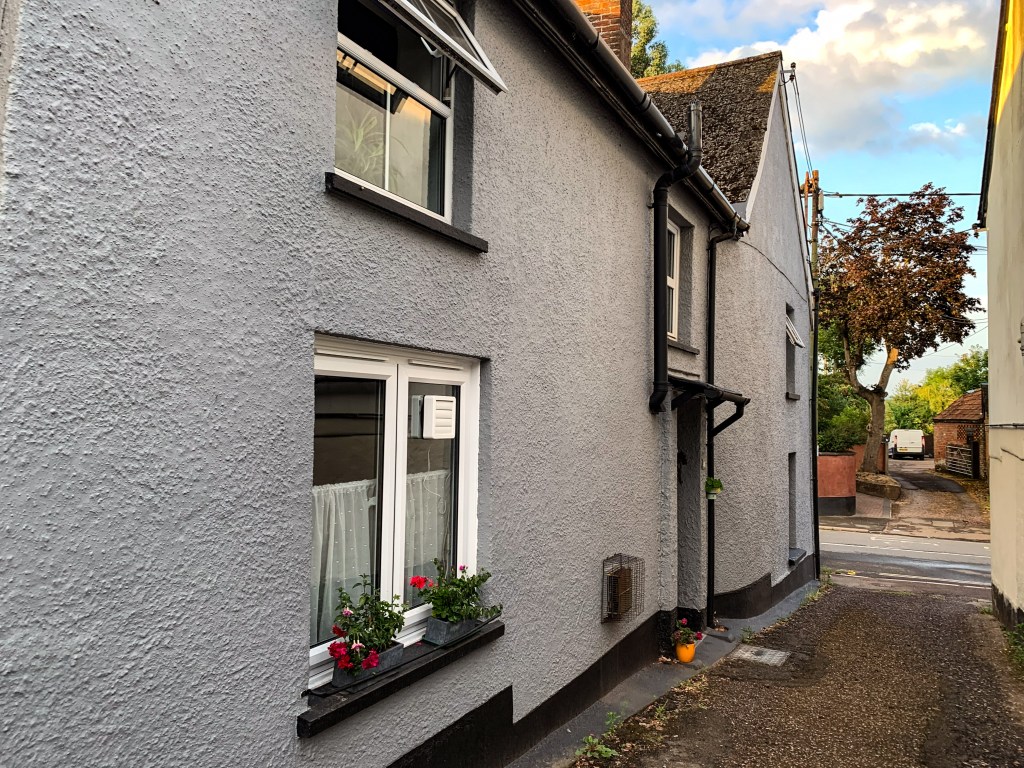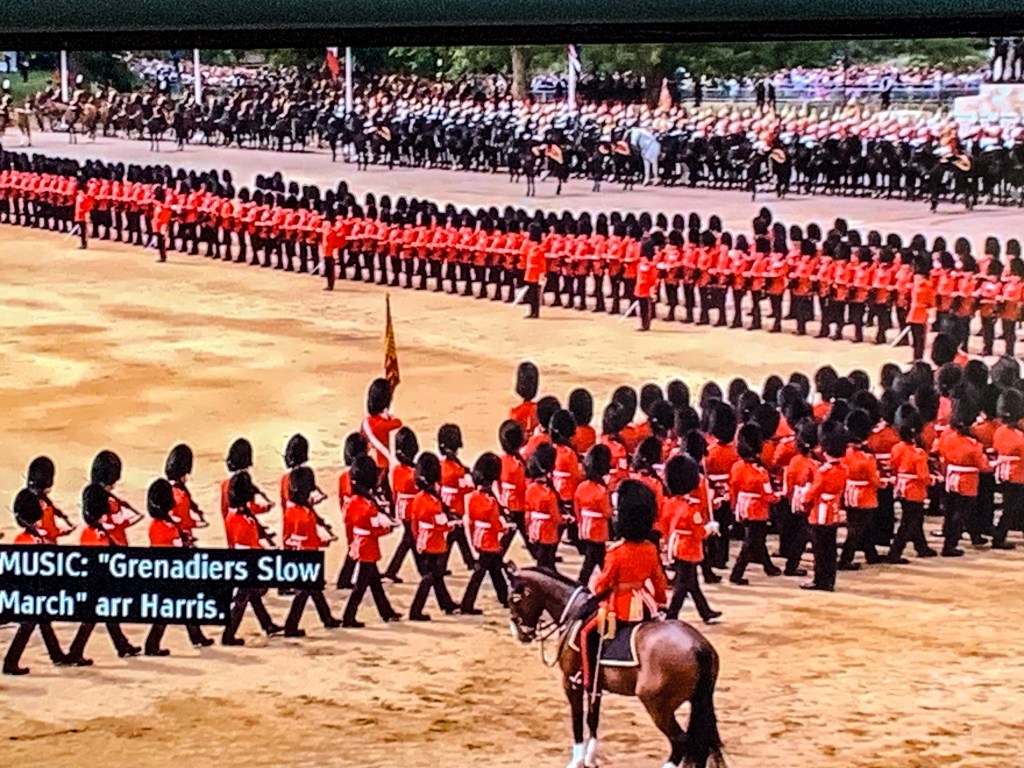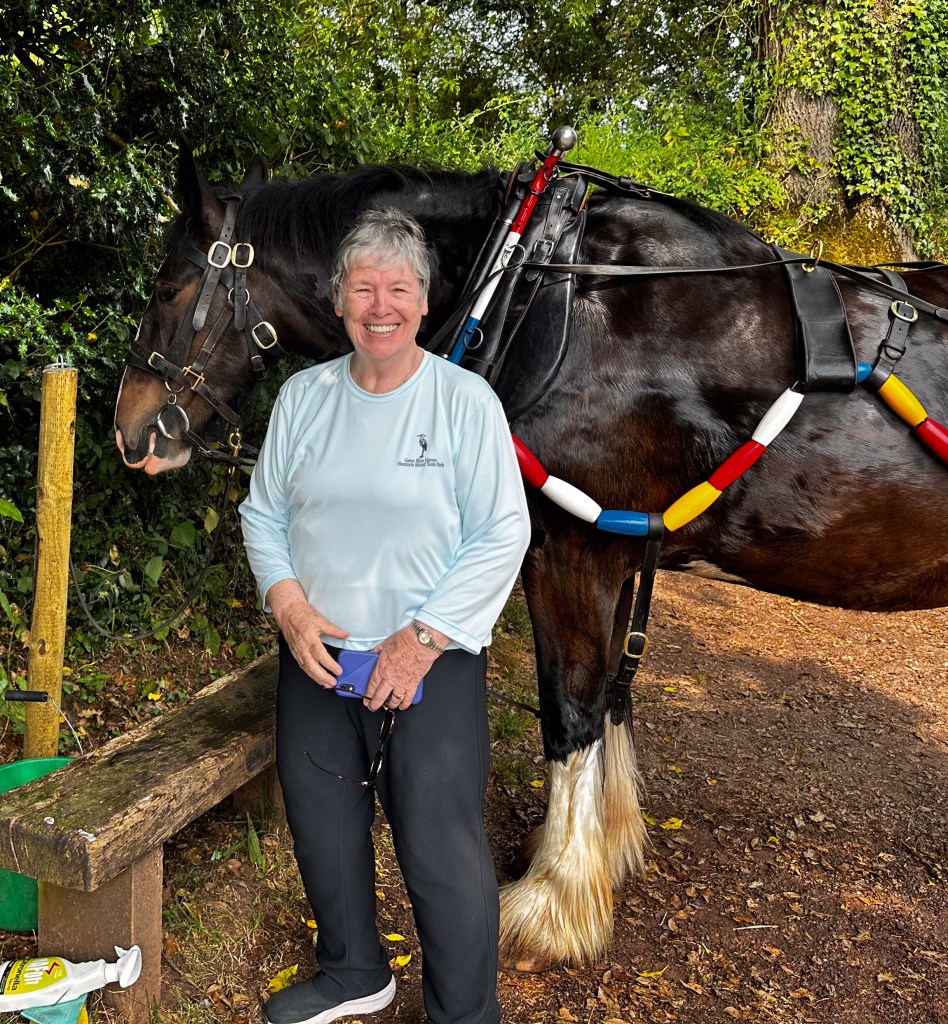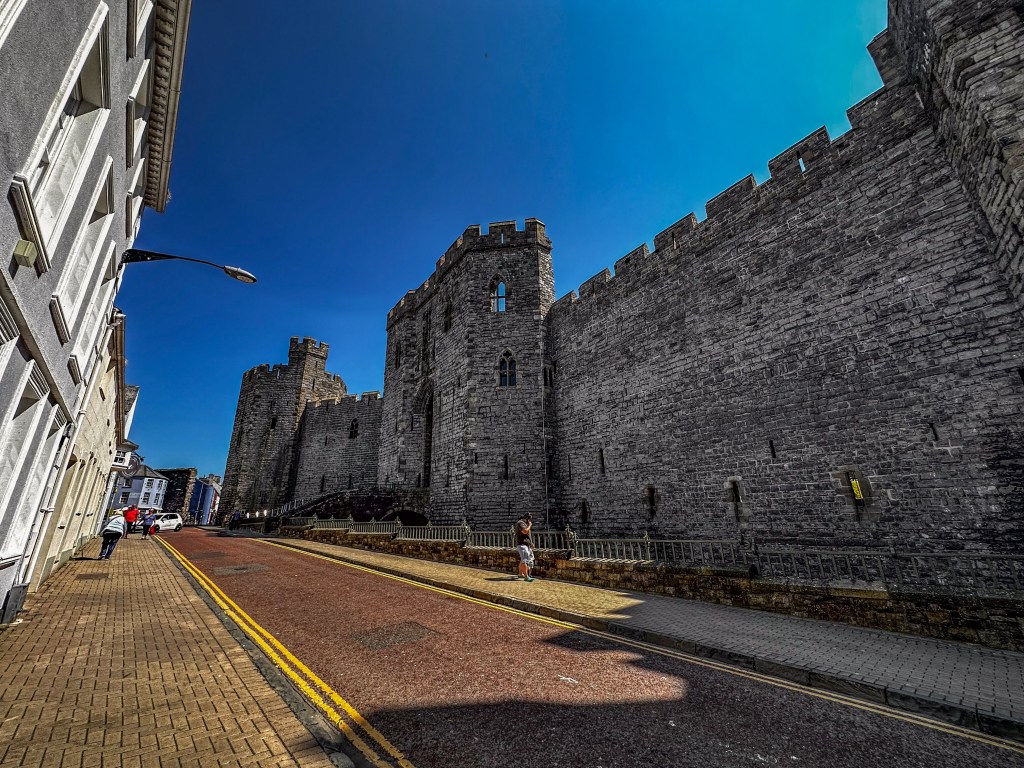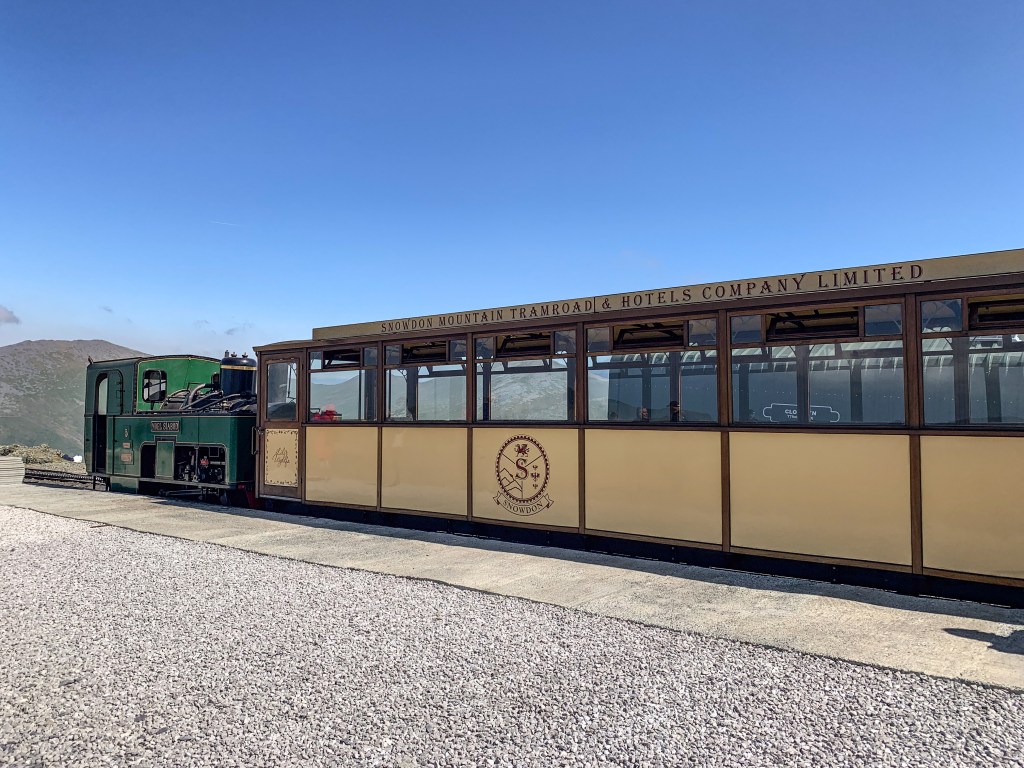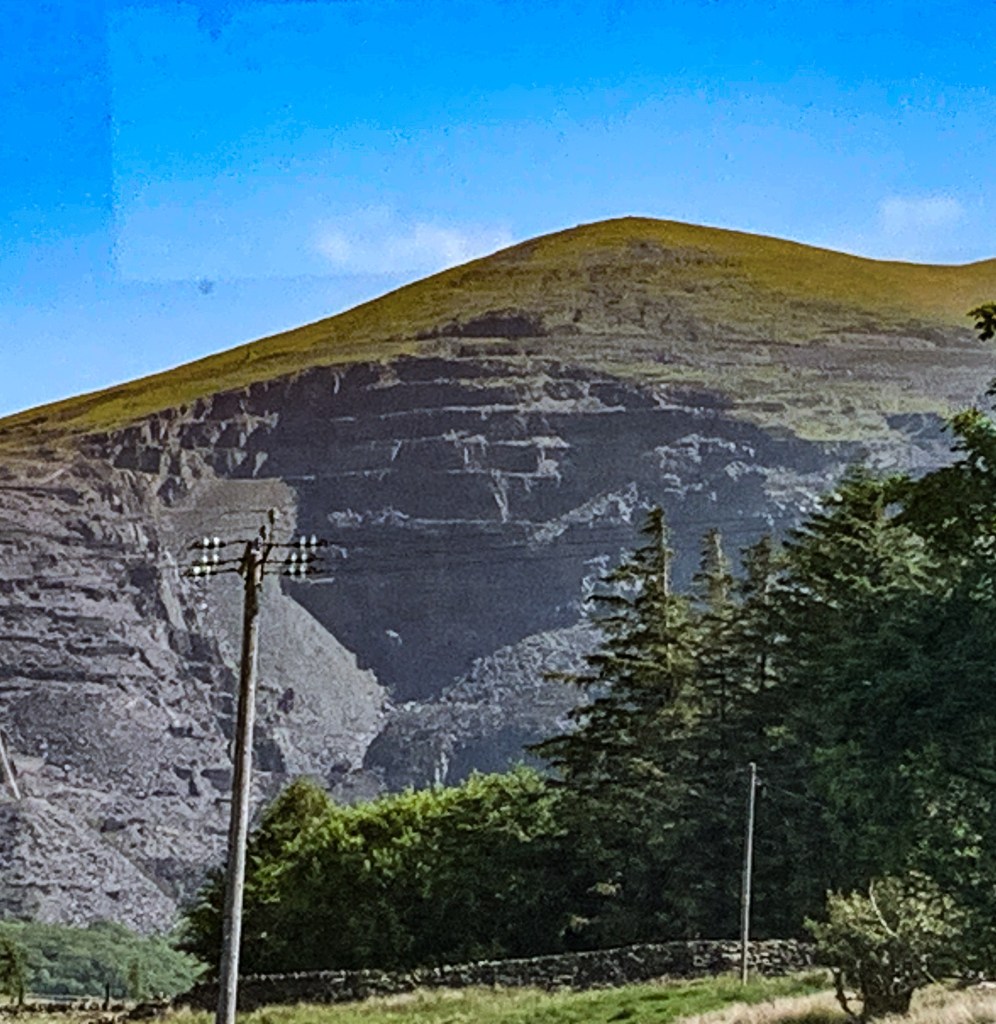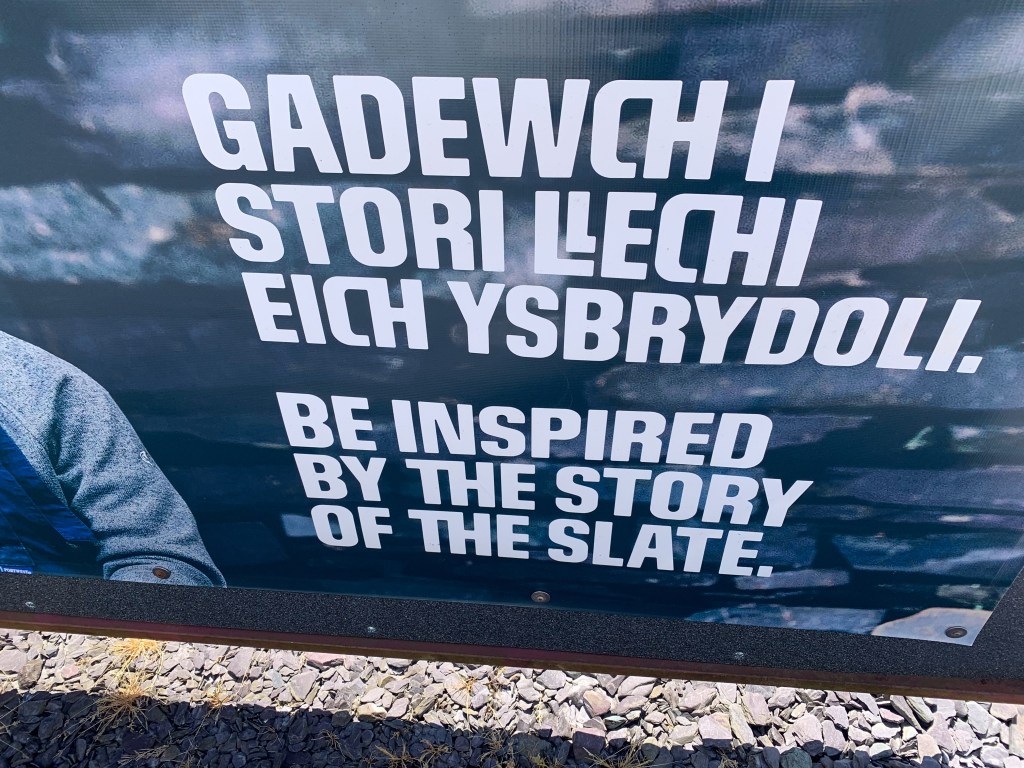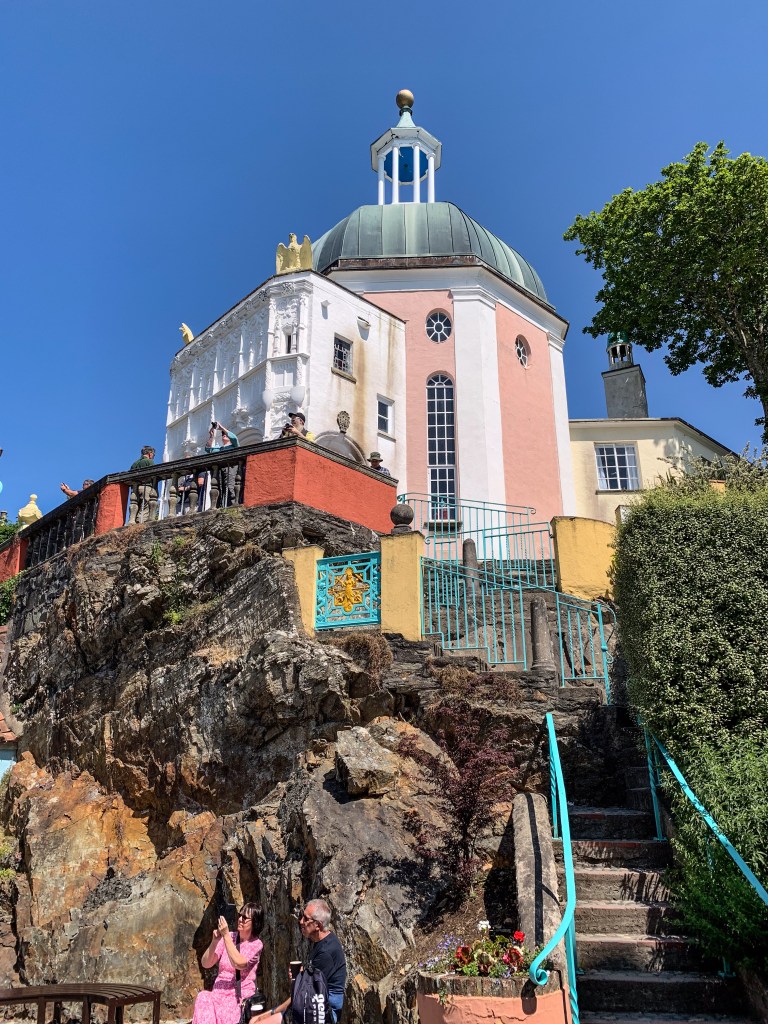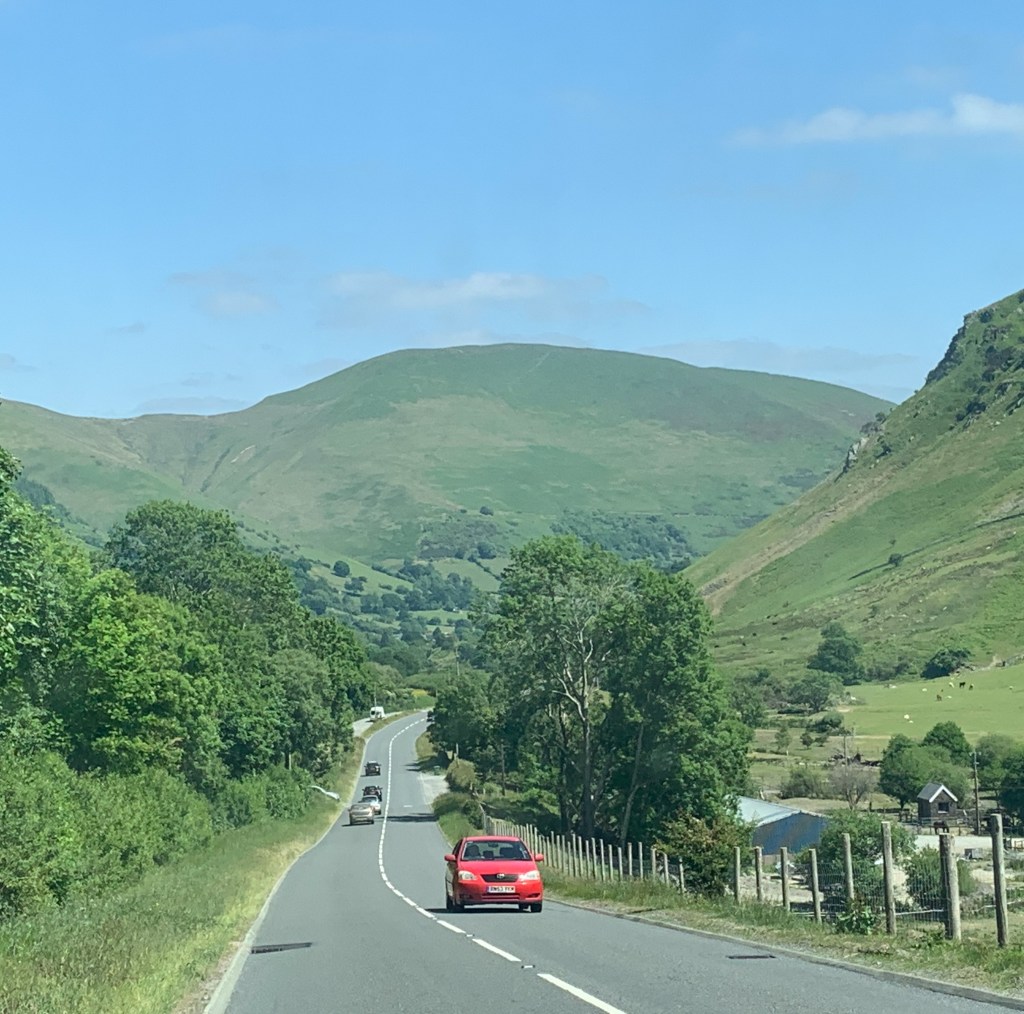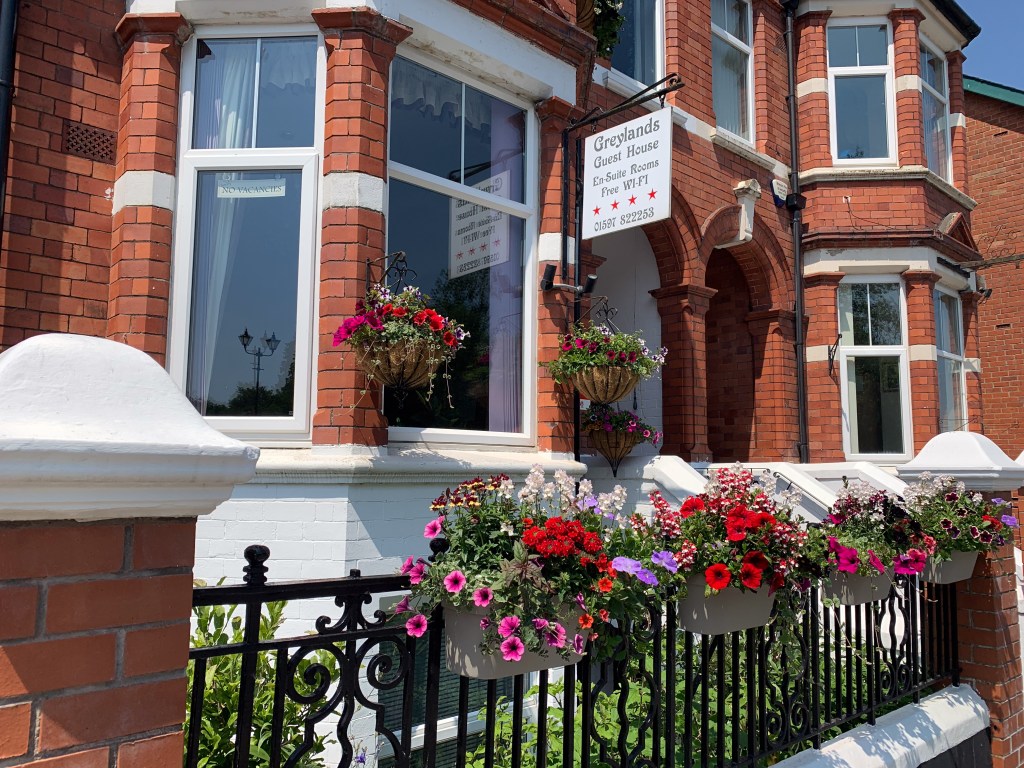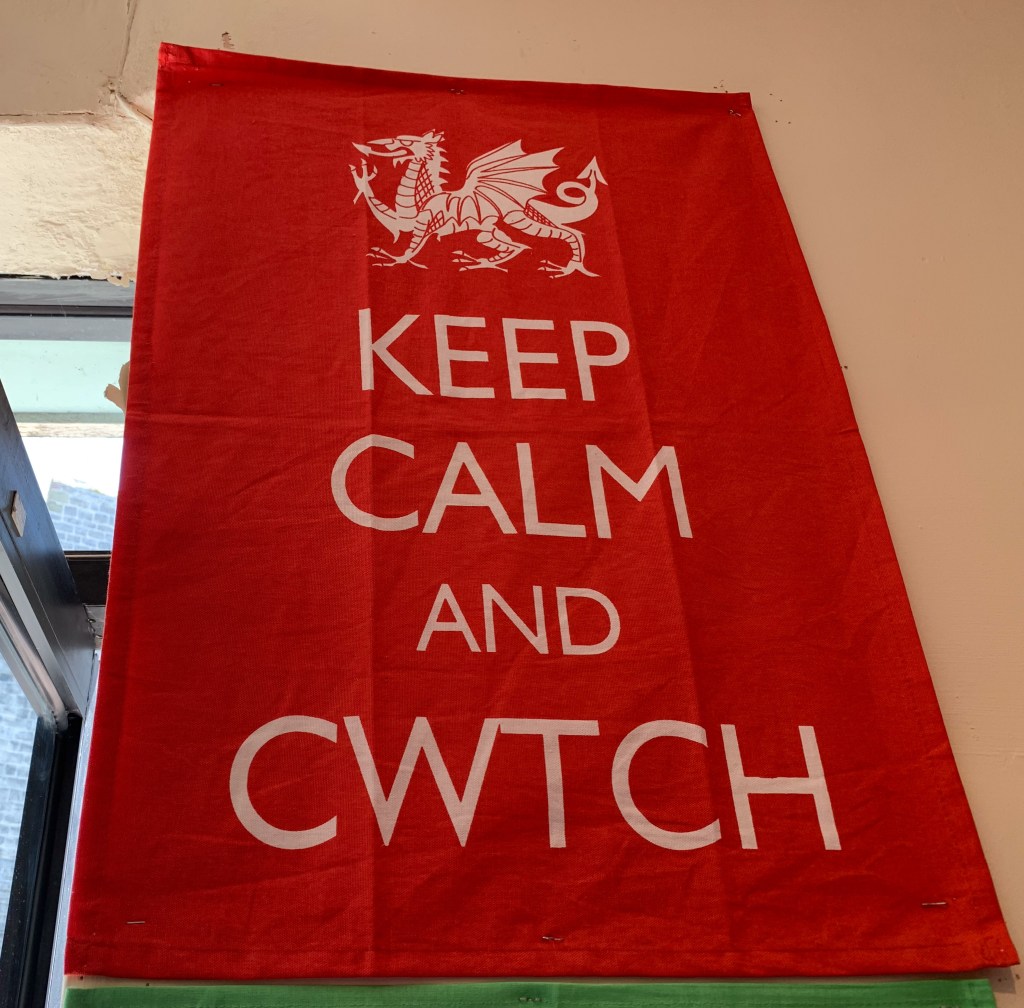12 JULY 2023 – Orkney Islands
The ooo’s and ahhh’s continued as we made our way to the Isle of Skye, taking a different ferry to the mainland and first staying overnight at a half-way point, Fort William (in the shadow of the tallest mountain in all of the UK, Ben Nevis at 4413 feet). We had a lovely view of Loch Linnhe out of our B&B window and got a really good night’s sleep.


The next day we’re very glad we took time to see the nearby “Neptune’s Staircase”—a series of 8 locks through a channel that connects the west coast of Scotland to its east coast, through Loch Ness. We stopped and chatted with some of the boaters locking through. Two large sailboats were heading to Norway, which really blew us away until we looked at a map and realized that Norway is directly east, across the North Sea from the coast of Scotland! We spent nearly an hour hanging out at this Staircase as it brought back so many glorious memories of the 153 locks we went through on America’s Great Loop. AND, after chatting it up with the lock master for awhile, Gary was asked if HE wanted to open the next lock gate! (Duh!) Wish you could have seen him grinning as he pulled the levers and watched the gates to the next lock magically open! See why we’re glad we stopped here?!? 🙂



Glowing from such an unexpected and fun experience, we made our way to the Isle of Skye with great anticipation …another of the Inner Hebrides Islands. Enroute we also found a fun sign we had to photograph in “InverGARRY” and then stopped to see Eilean Donan Castle (one of thousands of castles in Scotland). It was built in the 13th century (probably as a defensive measure against the Vikings), destroyed in 1719, and left in ruins for 200 years until it was lovingly restored (1912-1932) “to her former glory” by a descendant. We were fascinated by the history of this site and the amazing collection of Scottish paintings and memorabilia. The current descendant owners still live in it part time.



As we got closer to the Isle of Skye and made our way across the Skye bridge toward our B&B outside of Portree, (Skye’s largest town), we found ourselves saying “WOW” around every corner. We were finally experiencing firsthand what we’d seen and read about this amazing place—“one of the most renowned photograph locations in the world because of its rugged landscapes, indented coastline and mountain interiors.” We found Skye to be one of the most interesting places we’ve ever been, with sweeping grasslands, large mulls (some starting right beside the road), dramatic cliffs and crazy rock formations. Some have called it “the most other-worldly place on earth.” AND, we found it almost impossible to capture it well with our cameras.
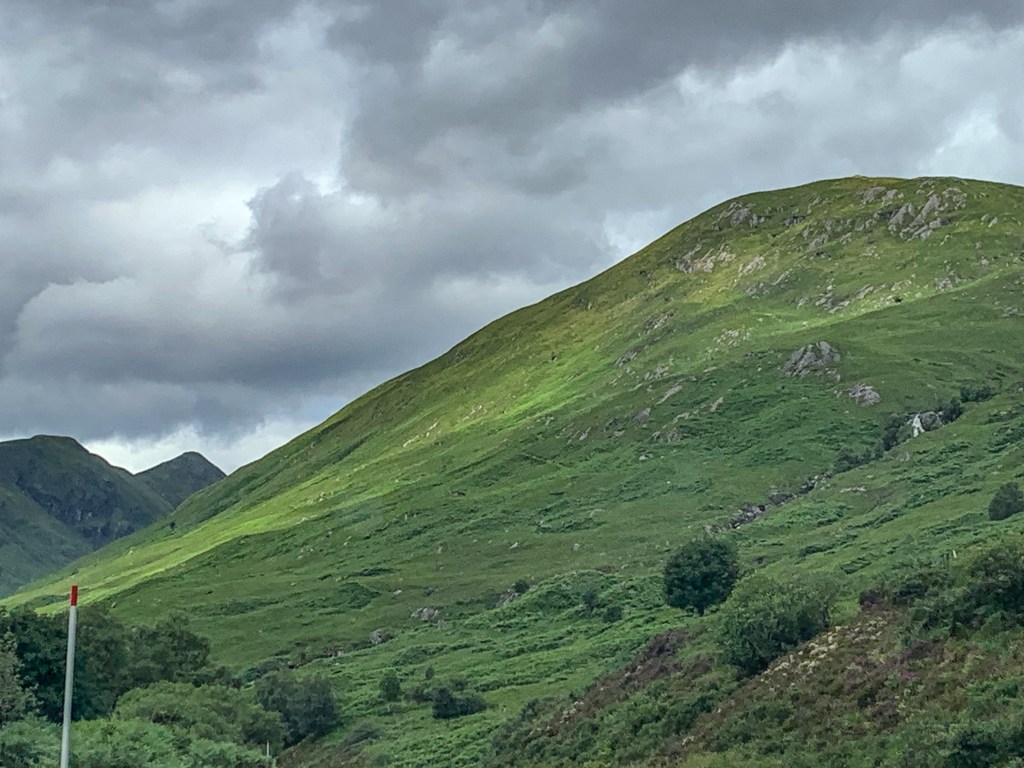


The next day we drove all the way around the Trotternish Loop in North Skye, hiking to Fairy’s Glen, visiting the Skye Museum of Island Life and getting up close and personal with a Highland “Coo!”




The coastline was filled with every combination of land- and seascape…farmlands and pastures, rocks, waterfalls, cliffs, beaches and phenomenal mountains, including the iconic “Old Man of Storr” rock formation (one from each side, last 2 photos below).





And almost all of this was done on single track roads, which actually are becoming our favorite way to travel. The high number of passing places, the low speed limit and the courtesy extended by almost every driver makes it easy to do what we’re now calling the “S.L.O. Dance Mambo!” It really is a dance—driving a combination of curves and straight-aways, watching for cars (and sometimes buses) coming the other way, with an added element of reknown Skye potholes and sharp edges alongside the roads. Whee! We felt quite accomplished when we’d complete a drive from one place to another, stopping frequently to take photographs. It really was quite fun!

Although we were disappointed to have to cancel our 2-night stay on the Isle of Lewis (ferries were full for more than 2 weeks), the Isle of Skye was the perfect place to stay another 2 nights. Most places were “full for the summer,” but we found a hotel at the entrance to Skye that could accommodate us. As we headed south, we visited some mid-points including the Donvegan Castle & Gardens, once a Viking stronghold and one of the only Highlands fortress to have been continuously occupied by the same family (MacLeod) for over 800 years. The interiors were elegant.


(Sidenote: We’ve learned that the Vikings raided, settled in and for a time controlled much of the North of Scotland and the Western Isles between 800 and 1266.)
It was fun to drive along the landmark Cuillin Hills and explore the southern end of Skye, sometimes called “The Garden of Skye.” Apparently there are times when the rest of the Isle is quite bleak and barren (which we can’t imagine because it was ALL so green due to the rains), but the Garden of Skye (also called the Sleat Peninsula—pronounced “slate”) is green year round because of its many forests, ferns and varied dense natural vegetation. It is not visited as much and most of its roads are also single track. We ended up finding quaint little harbors, villages and rain forests along our favorite “roads less traveled.”



AND, as we headed to Kylerhea to find “the otters” and a very small ferry, we added another description, namely, “roads less maintained.” The quantity of ruts and potholes had us laughing most of the time, and high-fiving when master-driver Gary would avoid a bunch of them! We also were thrilled to find some more waterfalls and enjoyed all the wildflowers as we bounced along! This was a fun way to spend our last day on the Isle of Skye before heading up North.
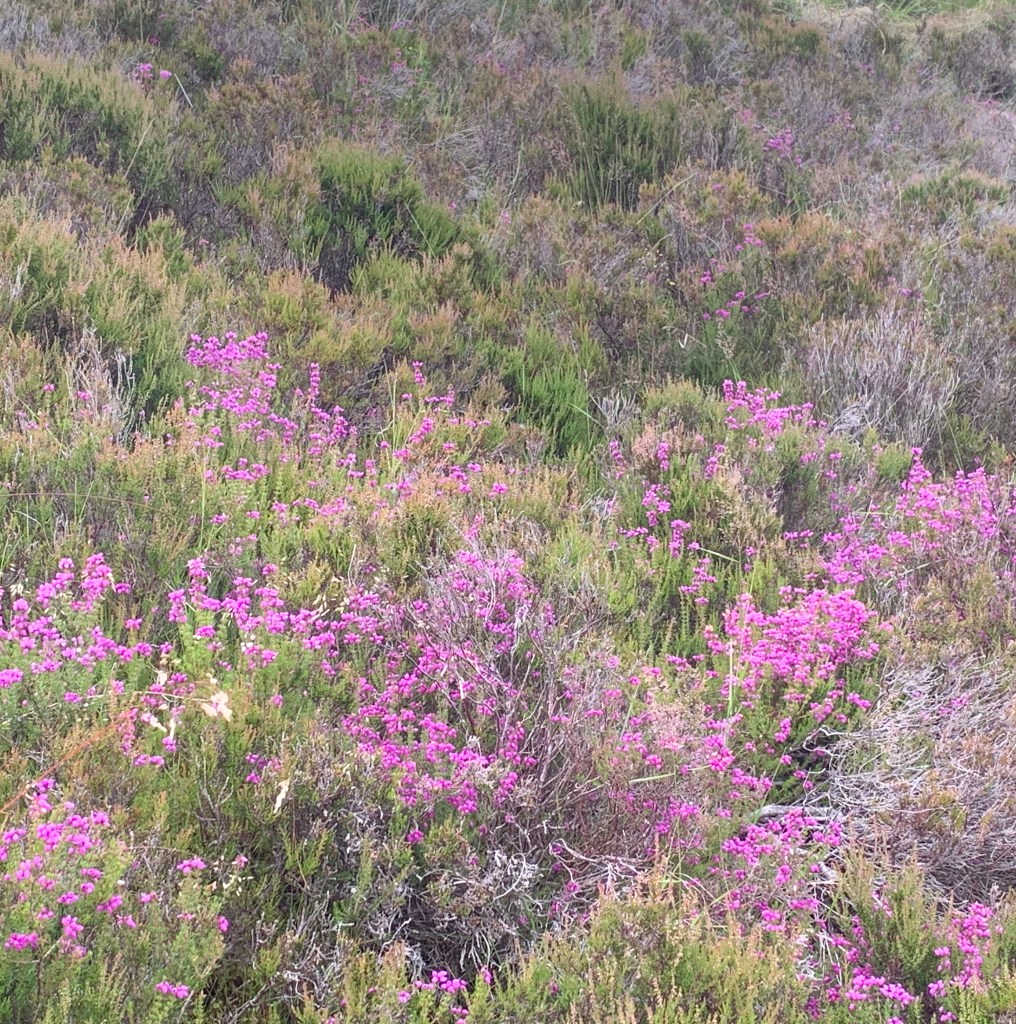


The Isle of Skye is definitely another one of our favorite places!
